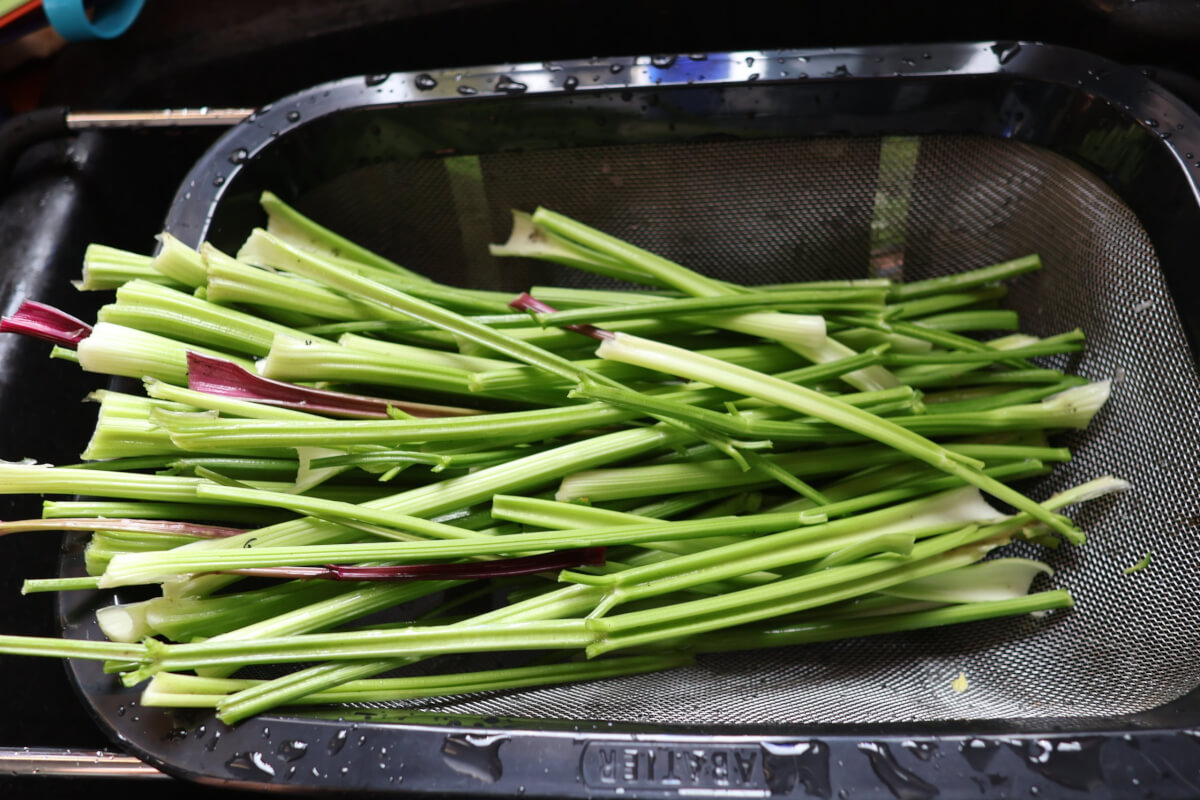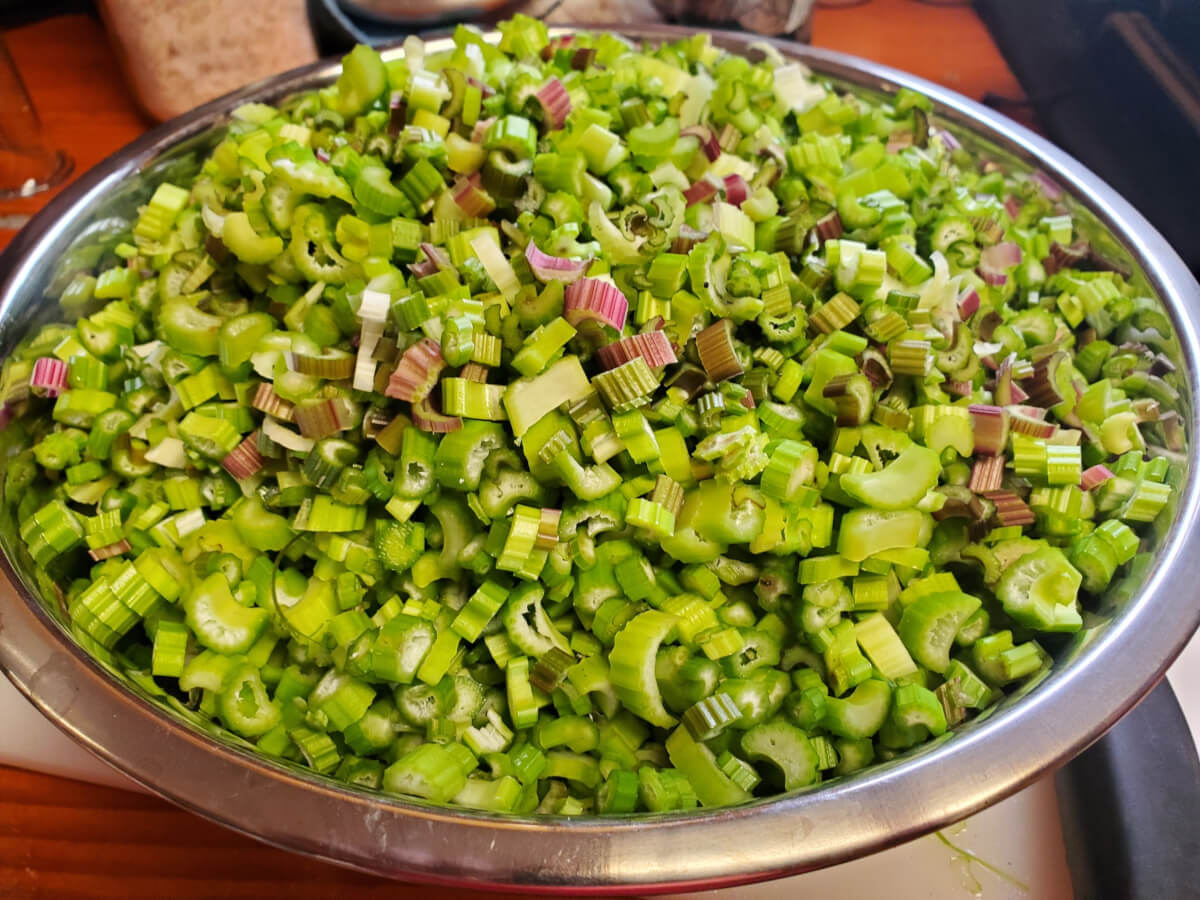We are a little behind the ball on this post. We blame the many interesting things that we can talk about when it comes to growing! And that topic is home grown celery! We’ve also got a brand new growing guide, which you’ll find linked in the comments!
If you’ve been around for a bit, you might have been swayed by our pervasive arguments to give home grown celery a try. Long ago now, we didn’t “get it.” Celery was cheap at the grocer, had its (somewhat limited) place in culinary applications and overall just wasn’t that interesting to us. Curiosity got the better of us and we eventually did try to grow it. And now, to abuse a double negative, we won’t not grow it!
There is a profound difference between home grown celery and the product you buy from the grocer. It’s stunning to me how commercial growers can make celery so tasteless and disinteresting in comparison! If you generally like the taste of celery, home grown celery will simply knock your socks off! It is punchy, zesty, earthy and full of incredible celery flavor. Like you just took a bite into a waterfall with a mouth full of celery seasoning. (Which, now that I type that, I realize that may not be the best sensory-driven thing I’ve ever written, but I’m going with it.)

Now, as to why we are “late” in this topic, you really “should” sow celery about 10 to 12 weeks prior to your last frost. That was a month ago for us. You could still sow it now, but your harvested plants will be a bit smaller. But, it can still be done. You could also plan on picking up a six pack at the local nursery, too, if you want to give it a shot. Assuming you can find it, that is, celery isn’t one of the most common things to find at a lot of nurseries given its very early sowing requirements!
When you grow from seed, you can pick up all sorts of interesting varieties of celery. The most common home grown variety is called Utah and it’s a wonderful celery, well worth growing. You can also find pink, red, yellow and white varieties as well, which can be kind of fun and give you a bit of visual distinction. We’ve tried quite a few varieties in the home subarctic garden setting and all have been performant and worthy of our palette.
Celery is an exceptionally slow growing plant. It takes at least a week, and usually two, just for it to germinate! From there, it grows painfully slowly. While all your other seeds are popping up and needing transplant, celery is going to take its sweet little time. Eventually you’ll get first true leaves. And after you’ve perhaps forgotten about it, you’ll eventually get a second set of true leaves. But, eventually it’ll grow up and start packing on the size at a more decent rate. Sowing a full 12 weeks to last frost, you can expect about a three inch garden start to transplant.
We ignorantly assumed that celery was super high maintenance, which likely unfairly biased us against growing it to begin with. It’s really not that much different from any other plant. Sure, it does need to be stay generally well hydrated to do well. Turns out, though, that’s pretty much most plants and celery isn’t all that more needy than others in the garden.
So, if you are up for giving celery a shot, we highly recommend it. It’s been worth it to us to add it to our early seeding regimen and put up with its slow progression. And, we’re going to keep singing the home grown celery praises since many of you might not know what you’re missing!



